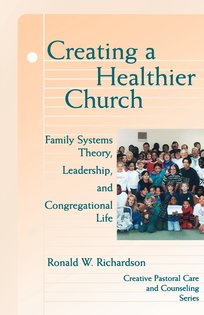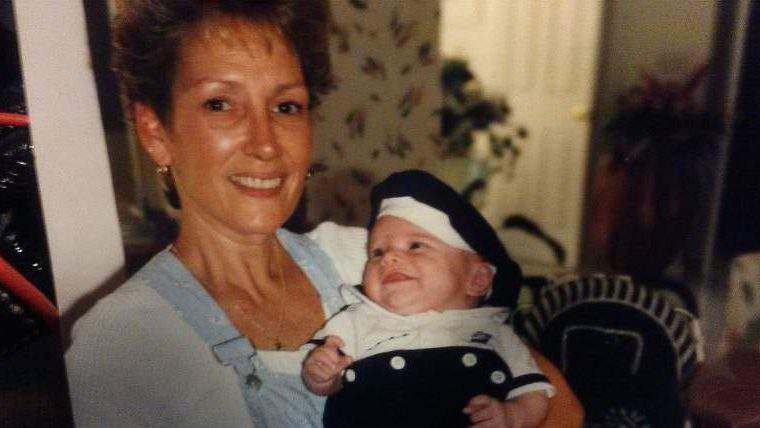For the next few weeks, I'll be featuring excerpts from authors who have applied Bowen Family Systems Theory to congregational systems and leadership. We begin with Ron Richardson who was the first faith leader to write a book about Dr. Murray Bowen's theory of human behavior. Creating a Healthier Church (1996), while not his first book, was an important contribution to faith communities.
The following excerpt is taken from page 182-183:
Working on one's own level of differentiation is not about salvation. Salvation is not something we do anything to achieve; it is a free gift based on God's grace and love for us. It is not based on any act of ours, and being either more fused or more differentiated does not affect, in the slightest way, God's stance toward us.
Becoming a more differentiated self might be included in our concept of sanctification. This is a process through which we more and more take on the nature of Christ through the active presence of God's Holy Spirit. This requires our participation, or "working out your own salvation," for it is God at work within us (Phil. 2:12-13). This process of realizing one's salvation by God, of more actively being a member of Christ's body in the world, is vastly strengthened by one's ability to be a more differentiated self.
So differentiation may be considered a requirement for our own spiritual growth as Christians. We may have essentially "correct beliefs," but without the ability to be more differentiated, we will not be able to act consistently on these beliefs. The better differentiated we are, the more we can behave in ways consistent with our own professed beliefs.
Murray Bowen, who was not a religious man, once said it would be hard to find a better definition of differentiation than the prayer of St. Francis of Assisi:
Lord, make me an instrument of your peace;
Where there is hatred, let me sow love;
Where there is injury, pardon;
Where there is doubt, faith;
Where there is despair, hope;
Where there is darkness, light, and
Where there is sadness, joy.
O Divine Master,
Grant that I may not so much
Seek to be consoled as to console;
To be understand as to understand;
To be loved as to love;
For it is in giving that we receive;
It is in pardoning that we are pardoned;
And, it is in dying that we are born to eternal life.
On another occasion, addressing a group of religious leaders, Bowen said:
"A major quality in the differentiation of self is complete selflessness in which "doing for others" replaces selfish personal goals. Jesus Christ has been a model of total selflessness . . . A well differentiated self has to get beyond the selfish promotion of self. One has always to be aware of "the other."
"Selflessness" does not mean "no-self" but the ability to have a larger, more objective view of things, where self is not at the center. In other words, differentiation is a way to humility, as well as to wisdom.




 RSS Feed
RSS Feed